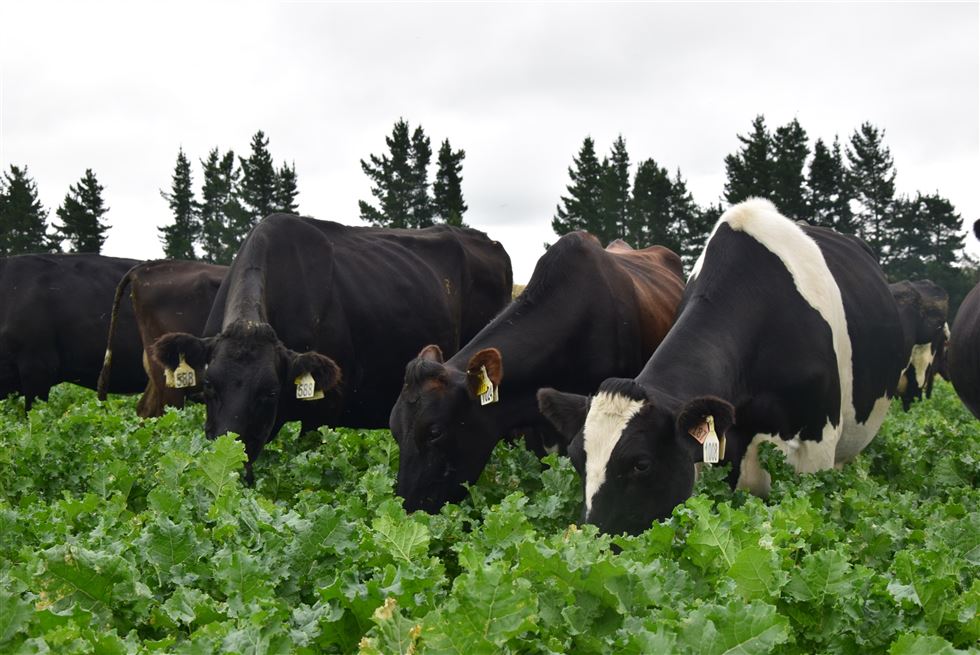Biogas is an economical and sustainable alternative in pig farming
A clean energy source, biogas uses organic waste. One of the main assets for biogas production is animal manure, such as pig manure, which makes it especially attractive for SC

Never has so much investment been invested in renewable energy sources. After all, we face serious climate change exacerbated by the way we produce energy and our dependence on fossil fuels. The latter, in addition to the environmental impact, also impact us economically, due to the constant variation in price and, in the near future, the reduction in their supply.
In this scenario, biogas represents great potential as a source of clean energy. It can be produced from organic domestic waste, industrial waste of plant origin or animal manure.
When it comes to animal manure, pig manure is one of the most used for the production of biogas or biomethane. According to the Energy Research Company (EPE), in 2015, pig farming was the third largest source of biogas production in the country, representing 14% of the total.
For Santa Catarina, the largest producer and exporter of pigs in the country, the biogas proposal is an excellent alternative for electrical or thermal energy and for the use of waste from its herds, which if done incorrectly is highly polluting to the environment.
The production of biogas for conversion into energy is already very popular in Asian countries such as China and India. In Brazil, the first biogas projects took place in the 1970s, but they intensified from 2009 onwards, both due to technological advances and the regulation of distributed generation of electrical energy using biogas by the National Electric Energy Agency (Aneel). This made the implementation of the biogas production system much more attractive, especially in the field.
According to the map drawn up in 2015 by CiBiogás, Brazil had a total of 238 plants that use biodigestion technology in the agricultural sector. In Santa Catarina, only on properties that practice pig farming, there were 32 plants.
How biogas production works
Biogas is made from the anaerobic fermentation process, that is, without oxygen. There, organic matter (such as pig manure), ferments in an environment called a biodigester. In addition to biogas, another result of this process is organic biofertilizer in liquid form.
The methane released in the biodigester can be used for direct burning to generate heat. This process takes place in structures known as flares or burners. It can also be transformed into electrical energy through motor generators. Biofertilizer is used in pastures and crops, reducing the use of chemical fertilizers.
According to Ricardo Luis Radis Steinmetz, environmental and swine and poultry analyst at the Brazilian Agricultural Research Corporation (Embrapa) in Concórdia, biodigesters are designed and built according to the size of the property as well as the volume of waste produced daily.
— It is important to know how much of the substrate is produced on site, such as waste from a pig farm. But it is also essential to know the characteristics of this residue. The potential of a plant depends on this, in addition, of course, to the energy demand that the property has — he adds.
Embrapa is currently monitoring the implementation of five plant projects in the country. Three of them are in Santa Catarina. The company is also helping to analyze the feasibility of a plant for training and research development, together with Epagri, in Braço do Norte.
Biogas applications
As mentioned above, biogas has two direct applications: it can be used to produce thermal or electrical energy.
In the first case, it is used to heat animals and heat water (whether for domestic use or for any other production process, such as washing grains produced on the property). Of course, the gas must be subjected to filtration processes, due to the high concentration of hydrogen sulfide gas present in it, mainly in biogas from pig waste, which is toxic and corrosive.
To produce electrical energy, it is necessary to use motor generators. This, of course, can be applied to everything. Its surplus can even be sold with the state’s energy concession company. Santa Catarina is the only state, according to Cidasc, to have legislation for the generation and resale of energy generated by biogas, whether in rural areas or in urban centers, in the production of biogas with organic waste.
The transformation of waste into energy is so attractive that some small properties in the same region have adopted the use of biogas in condominium systems. There are four such projects in the south of the country, one of which is in Itapiranga, in the far west of Santa Catarina. Thus, the biogas produced on the different farms is channeled through gas pipelines to the central point, to be transformed into electricity or heat.
For Steinmetz, biogas is a renewable energy source that adds much more value to the environment when compared to other sources.
— Biogas has a very big difference compared to, for example, solar or wind energy. In biogas we are treating waste, which would otherwise be wasted and whose disposal would involve other, perhaps even higher, costs – he explains.
Source: https://www.nsctotal.com.br/




